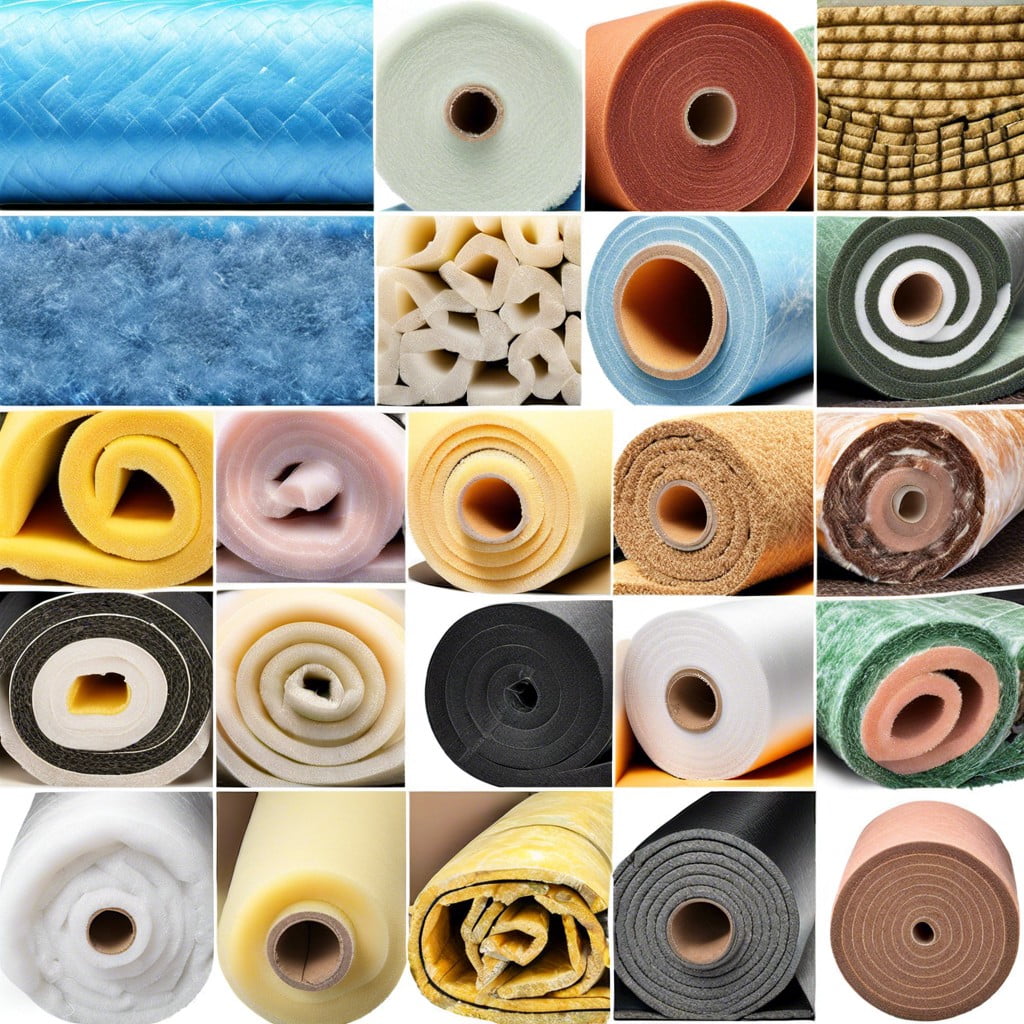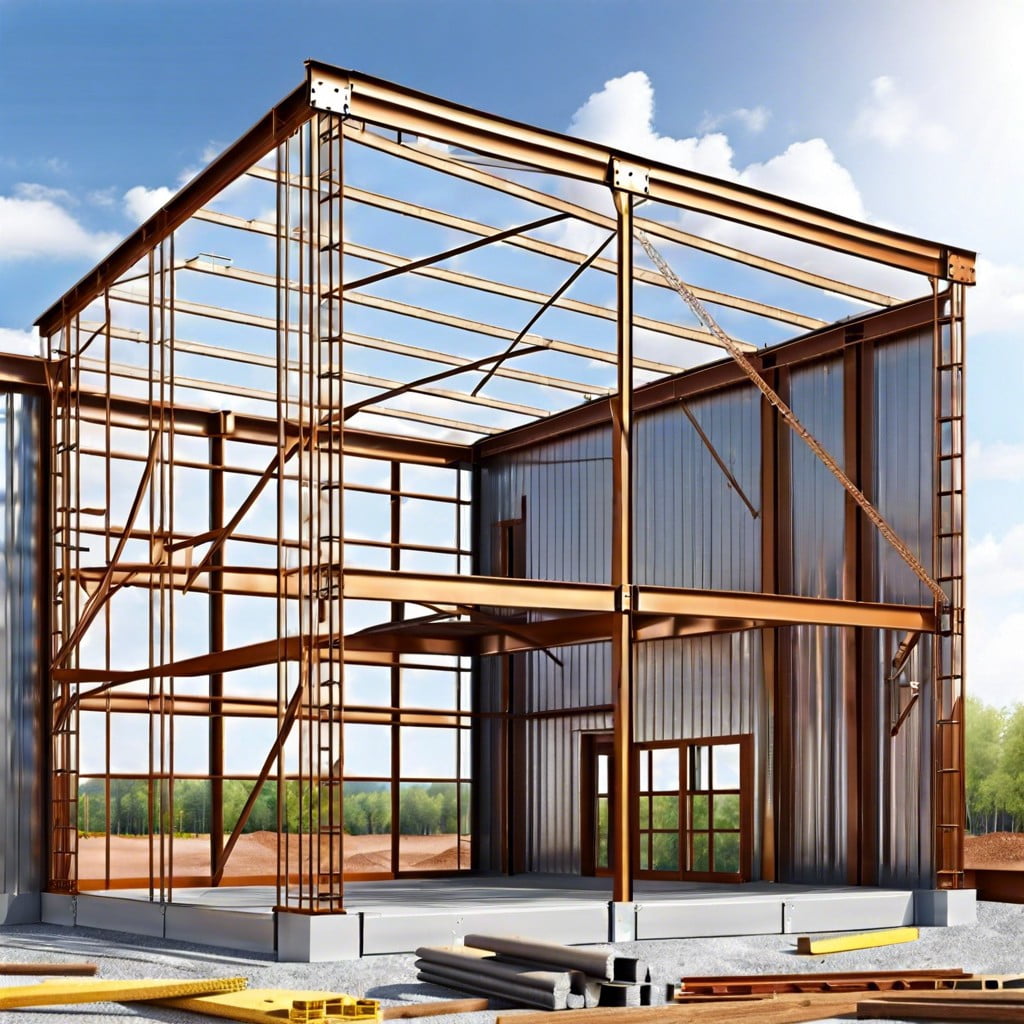Discover how to fix falling insulation in your metal building because a well-insulated metal building not only increases efficiency but also enhances overall structural integrity.
Experiencing falling insulation in your metal building? This is a common issue that can be fixed with a few simple steps. This article will guide you through a practical solution, detailing the process to rectify this problem effectively.
By following the steps provided, you’ll be able to secure your insulation, ensuring it remains in place and continues to provide the necessary protection and energy efficiency for your metal building. So, let’s dive right in and get that insulation back where it belongs!
Key takeaways:
- Unusual temperature fluctuations can be an initial indicator of falling insulation.
- Increased energy expenditure is a common sign of insulation issues.
- Improper installation and exposure to moisture can cause insulation to sag or fall.
- Repair loose insulation with adhesives or fasteners, and replace damaged insulation with suitable materials.
- Consider factors like building structure, intended use, and climate conditions when selecting retrofitting solutions.
Identifying Signs of Falling Insulation in Metal Buildings
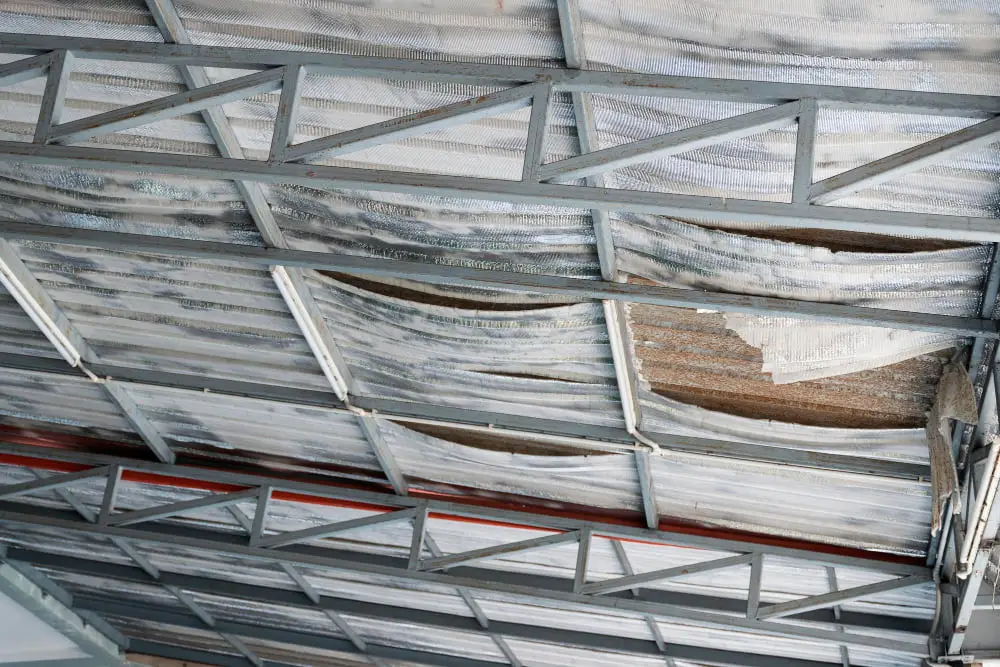
To spot the issues with insulation, keen observation is required. Often, the falling or sagging insulation might not be noticeable until significant damage has occurred, hence, understanding warning signs can be immensely helpful.
Firstly, unusual temperature fluctuations can be an initial indicator. If the indoor climate varies drastically from one region of the building to another, it could imply an issue with the insulation.
Secondly, a noticeable increase in energy expenditure is another common sign. When insulation isn’t functioning correctly, HVAC systems need to work harder to maintain a pleasant temperature, resulting in high utility costs.
Lastly, physically sagging or deteriorated insulation layers can be seen during regular building maintenance. Look for any discolorations, tears, or dampness, indicating potential insulation issues.
Remember, timely identification not only saves additional expenses but also maintains the building’s overall structural health.
Primary Reasons for Falling Insulation in Metal Buildings
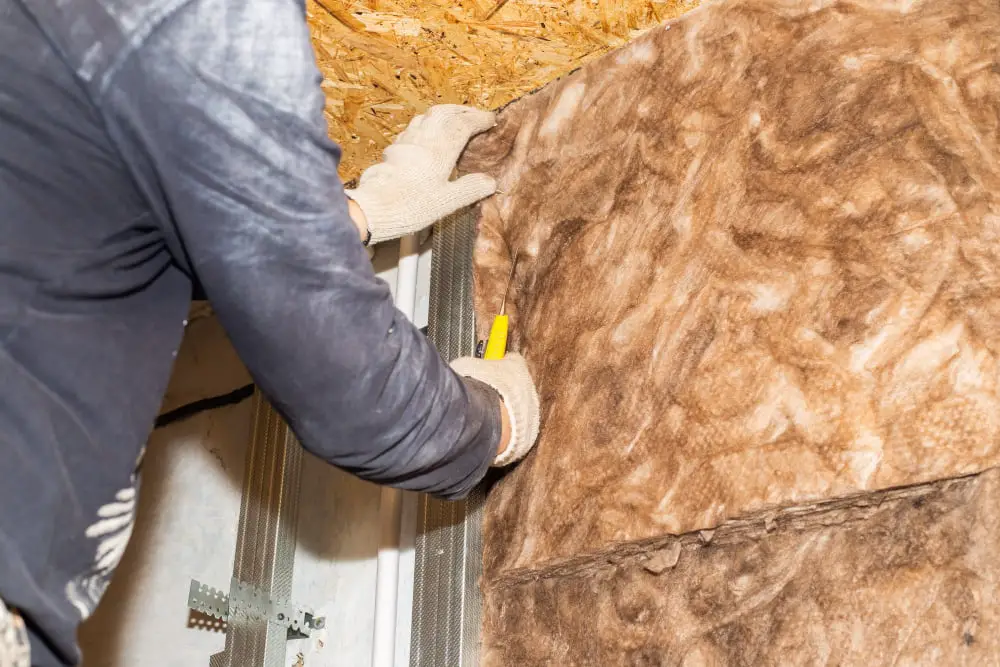
Several factors contribute to the instability of insulation in metal buildings. Firstly, improper installation can cause the insulation to sag or fall. Particularly, if fasteners aren’t properly secured or insulation isn’t correctly fitted, resulting in gaps.
Secondly, environmental conditions also contribute; exposure to moisture or humidity can degrade insulation material over time, causing it to sag or even fall out.
Further, isolated incidents like pest invasion or structural damage can physically upset the insulation, causing it to loosen and ultimately drop from its designated place.
Lastly, low-grade materials can lack the durability to withstand the functional duration, leading to deterioration and subsequent — you guessed it — falling insulation.
Each element provides a targeted area to assess when encountering insulation issues — these points should act as a guide in the next stages of repair and replacement.
Methods to Repair and Replace Insulation in Metal Buildings

Firstly, remove any remaining debris from the original insulation. Moisture intrusion could lead to compromised insulation materials, and these must be entirely eliminated to ensure efficient replacement. Debris-free and moisture-free surfaces are crucial for successful insulation application.
To repair loose insulation, use appropriate adhesives or fasteners. For peeling or drooping insulation, spraying specialized adhesive and allowing it to dry thoroughly often does the trick. In case of perforations, repair with a patch of insulation material affixed with insulation tape. Ensure the size of the patch is enough to cover the hole and blend with the rest of the surface.
Replacement, on the other hand, requires a bit more effort. Once the damaged insulation is removed, it’s time to evaluate your insulation options. Choose materials based on their thermal resistance or R-value, water-resistance, and fire-resistance. Common choices include spray foam, fiberglass batts, and rigid board insulation, each with its own pros and cons.
Upon finalizing the material, install it according to the manufacturer’s instructions. Pay attention to the direction of facing – a vapor retardant facing should always point towards the interior of the building. Always double-check that the applied insulation allows no gaps, ensuring complete enclosure. This seamless coverage optimizes the insulation’s performance by minimizing thermal bridges.
Lastly, ensure regular checks for the replaced insulation. It is a perfect way of catching any early sagging or moisture intrusion before it becomes a major issue. Regular maintenance extends the longevity of your insulation and ensures optimum performance. Remember, the efficiency of insulation in a metal building is only as good as its application.
Impacts of Damaged Insulation On a Metal Building’s Temperature
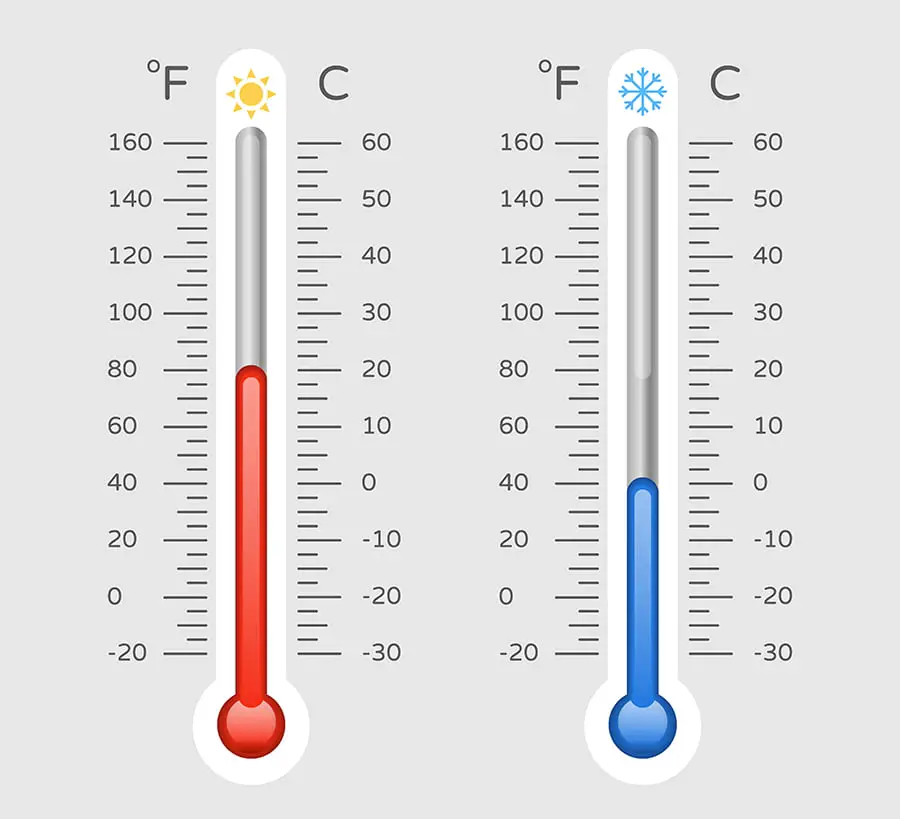
When the insulation in a metal building becomes damaged and starts to fall, it directly affects the internal temperature. Insulation works by slowing the movement of heat, keeping the interior warm in colder months and cool during summer. If there is damage, this protective barrier gets compromised, leading to an imbalance in temperature control.
In summer, the heat from outside penetrates the walls more quickly, intensifying the internal heat, while the cool air produced by HVAC units seeps out. Similarly, in winter, warmth can escape, leaving the interiors uncomfortably cold. This temperature fluctuation significantly increases energy use, as HVAC systems work overtime to maintain a comfortable temperature.
Beyond comfort, this temperature imbalance can also affect machinery or assets stored within the building. Sensitive equipment or materials can suffer damage due to fluctuating temperatures. Therefore, maintaining the integrity of insulation is crucial for the functionality and efficiency of a metal building.
Next, is understanding how to effectively repair or replace the fallen insulation in your metal building.
Selecting Suitable Solutions for Interior Insulation Retrofitting
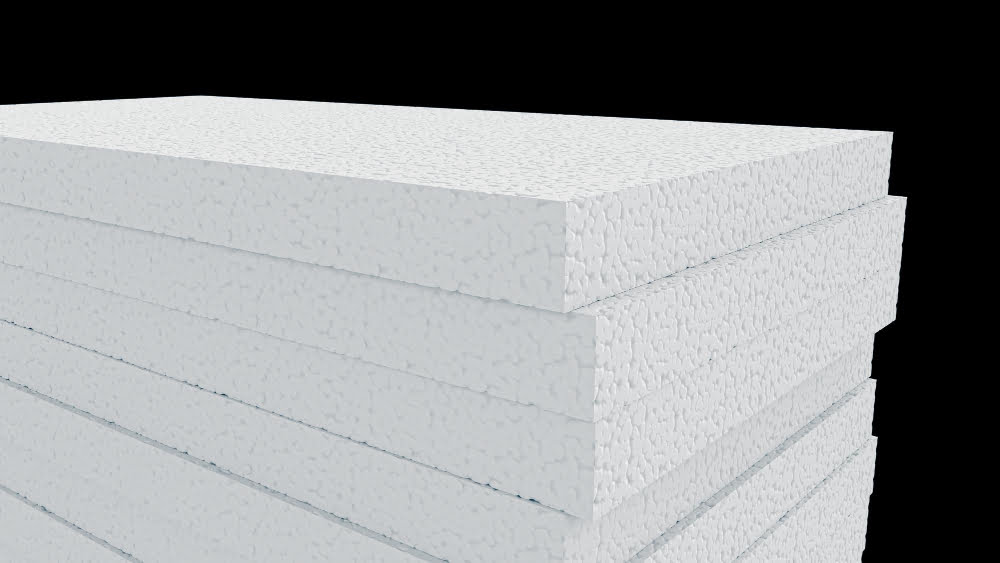
You’ll want to consider several factors when choosing the optimal solution for interior insulation retrofitting. Firstly, the type of metal building structure greatly influences your choice. An arch-style building might require a different insulation than a rigid frame structure.
Another crucial point is the building’s intended use. If it houses temperature-sensitive goods, high thermal-resistant materials like spray foam or rigid panel insulation would be ideal. On the other hand, if the building is used for general storage, less expensive and more straightforward solutions like fiberglass or reflective foil insulation may suffice.
You also need to factor in your local climate conditions. For instance, if your building is in a humid area, you want insulation that resists moisture well. Conversely, in a fire-prone area, you should explore insulation products that have excellent fire-resistant properties.
Remember, selecting the right retrofitting solution is crucial not just for temperature regulation, but also for the overall longevity of your metal building. Therefore, always seek professional advice before making a decision.
Cost Estimation for Retrofitting Insulation in a Metal Building

In calculating the expenses associated with retrofitting insulation, consider factors like the quality of material, labor charges, and the size of the area requiring insulation.
1. Material Quality: Superior quality insulation will be more expensive, but it will offer more durability, thus making it a cost-effective choice over the long-term.
2. Labor Charges: Keep in mind that insulation retrofitting requires professional expertise. Labor cost will significantly influence the total installation price. Always strike a balance between affordability and the quality of work offered.
3. Size of Area: The larger the building, the more insulation needed, and consequently, the total cost increases.
Take the time to explore different available options, and bear in mind that choosing the cheapest may not always be the most economical in the long run. It’s essential to make an informed decision by factoring in both present and prospective costs.
Analyzing the Effectiveness: Insulation in Metal Buildings Before and After Repair

After implementing the necessary insulation repairs in your metal building, it’s essential to measure the effectiveness of these changes, primarily focusing on temperature and energy savings.
Temperature consistency is your primary indicator. Before the repair, rooms may have felt unevenly heated or cooled. Now, the indoor climate should be constant, providing comfort regardless of outdoor conditions.
Observing the energy bills can also hint towards the insulation’s performance. Effective insulation reduces the building’s reliance on heating and cooling systems, which should translate to lower energy costs. If the bills remain high, the insulation may still require fine-tuning.
Condensation on walls or ceilings is another red flag. Properly installed insulation will minimize this issue, keeping the interior dry.
Lastly, inspect the insulation regularly for potential damages or shifting, as this could undermine its effectiveness. Addressing these promptly will ensure the insulation continues to fulfill its role in maintaining the building’s integrity and comfort.
FAQ
How do you fix torn insulation in a metal building?
To fix torn insulation in a metal building, you can either remove the wall or roof panels, get rid of the damaged insulation, and replace it with a new one.
How do you secure insulation to metal?
Insulation on metal building constructions can be secured using double-sided tape, which provides an immediate hold, in conjunction with a super metal sealant glue for long-term durability.
How do you insulate a metal building that is already built?
To insulate an already built metal building, one effective method is using spray foam insulation, as it can conveniently be used even when the metal panels have already been attached to the frame.
Do metal buildings need insulation?
While not all metal buildings require insulation, it’s beneficial for those seeking to save on heating and cooling expenses, or for buildings in regions with considerable temperature changes.
What are the best types of insulation for metal buildings?
The best types of insulation for metal buildings are fiberglass, rigid foam boards, spray foam, reflective insulation, and insulated panels.
How does temperature fluctuation impact insulation in metal buildings?
Temperature fluctuations can significantly impact the effectiveness of insulation in metal buildings, with extreme changes leading to compromises in thermal performance.
Is spray foam insulation recommended for metal building structures?
Yes, spray foam insulation is recommended for metal building structures due to its energy-efficiency, its ability to fill gaps and cracks, and its resistance to mold and pests.
Recap



